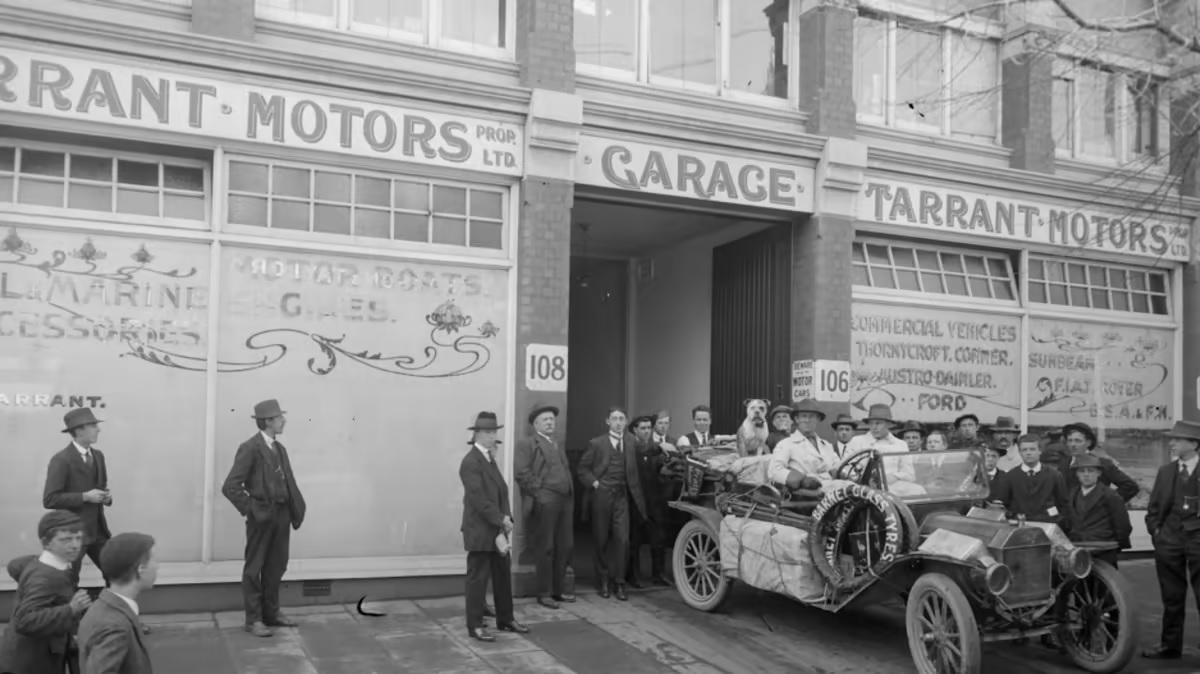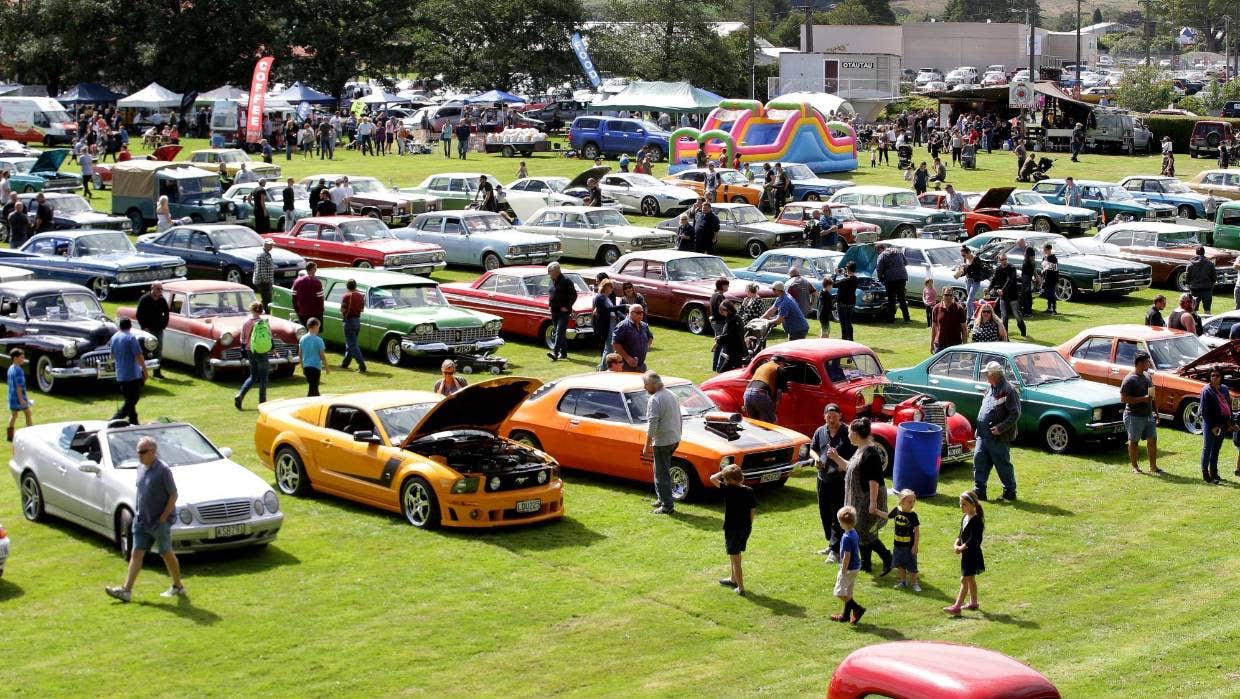The history of the New Zealand car industry is a fascinating story that spans over a century. From the early days of horse-drawn carriages to the modern era of electric vehicles, the New Zealand car industry has come a long way. In this article, we will explore the history of the New Zealand car industry and its evolution over time.
Early Days of the New Zealand Car Industry
The early days of the New Zealand car industry date back to the early 1900s. The first car assembled in New Zealand was the Colonial Motor Company’s “Colonial Model” in 1902. The car was built using imported components, and it was the beginning of the country’s car manufacturing industry.
In the early years, most of the cars were imported as completely built units, mainly from the United Kingdom and the United States. However, the import of complete cars was limited by high tariffs, and local car assembly became more viable.
Growth and Development of the New Zealand Car Industry
The growth and development of the New Zealand car industry began in the 1920s when the government introduced tariffs to encourage local car production. This led to the establishment of car assembly plants by major manufacturers such as Ford, General Motors, and Chrysler.
During the 1930s, New Zealand experienced a depression, and the car industry suffered a significant decline. However, the industry recovered during World War II, when car assembly plants shifted their production to military vehicles and equipment.
Post-War Era and the 1960s
In the post-war era, the New Zealand car industry experienced a period of rapid growth. The 1950s and 1960s saw the introduction of new car models and brands such as the Holden, Morris, and Hillman.
The 1960s was a significant period for the New Zealand car industry, with the introduction of local car models such as the Ford Cortina, the Holden Torana, and the Chrysler Valiant. The decade also saw the establishment of local car manufacturers such as Todd Motors and Motor Holdings.
The Decline of the New Zealand Car Industry
The 1970s and 1980s saw a decline in the New Zealand car industry, mainly due to the liberalization of the economy and the removal of tariffs on imported cars. The market share of locally produced cars declined, and many local car assembly plants closed down.
In the 1990s, the New Zealand car industry underwent significant changes, with the introduction of new brands such as Honda, Toyota, and Mazda. The 2000s saw the growth of the SUV market, and the introduction of new models such as the Nissan X-Trail, Toyota RAV4, and the Mitsubishi Outlander.
The Modern Era of the New Zealand Car Industry
In the modern era, the New Zealand car industry is focused on electric vehicles and sustainable transport. New Zealand has set a target of having 64,000 electric vehicles on the road by 2021. Major car manufacturers such as Tesla, Nissan, and BMW have introduced electric cars in the New Zealand market.
The New Zealand car industry has come a long way since the early days of horse-drawn carriages. The industry has experienced significant changes and challenges over the years, from the growth and development to the decline and the modern era of sustainable transport. Despite the challenges, the New Zealand car industry continues to evolve and adapt to meet the changing needs of the market.




